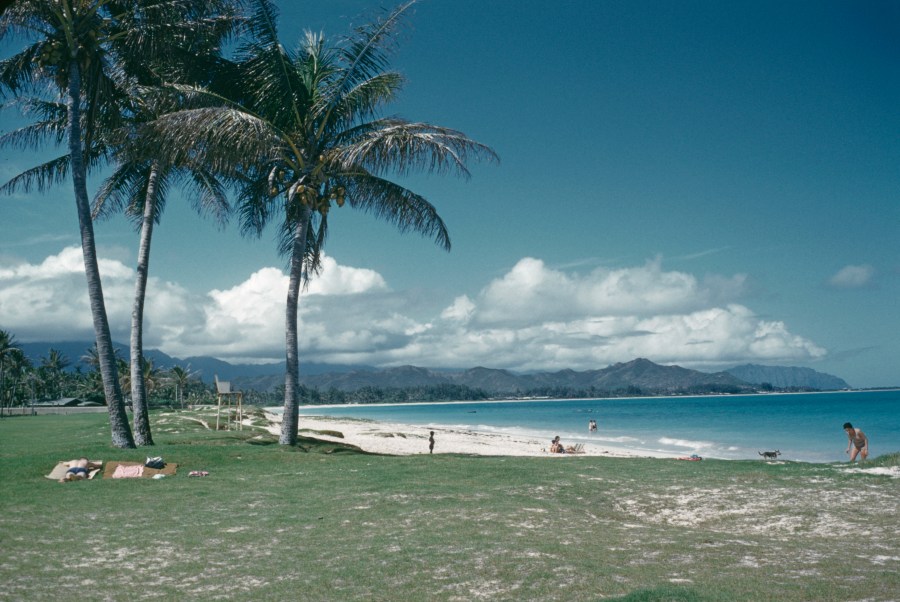HONOLULU (KHON2) — Tourism. It’s the bittersweet pill that everyone living in Hawaii must swallow.
According to a 2019 report, tourism represents roughly a quarter of Hawai‘i’s economy. And this is seen very clearly in the amount of service industry jobs that make up Hawaii’s overall workforce.
This includes the visitor industry which is by supported 216,000 jobs statewide.
So, in honor of National Tourism Day, which is today, May 7th, KHON2.com decided to explore the importance of tourism to our economy and how it impacts our culture.
Hawaii offers a unique blend of natural beauty, rich history and vibrant culture which makes our islands a top destination for tourists from around the world.
Our islands’ stunning landscapes, volcanic peaks of Mauna Kea, lush rainforests of Kauai and pristine (albeit eroding) beaches stretch across the Hawaiian archipelago. This natural scenery is the reason so many visitors want to come here.
Culturally, Hawaii has a deep-rooted heritage that includes traditional Hawaiian music, hula dancing and ʻŌlelo Hawaii (Native Hawaiian language). These cultural atributes have become heavily commodified, but they also work to keep these cultural aspects at the forefront of how we engage Hawaii.
As hotels and attractions celebrate and preserve Hawaii’s culture sell to visitors, events like luaus and cultural festivals provide tourists a glimpse into Hawaii’s way of life.
Economically, tourism supports a significant portion of Hawaii’s workforce.
It generates nearly $17.8 billion in visitor spending and contributed more than $2 billion in tax revenue to state coffers in annual revenue and profoundly impacts various sectors, including hospitality, retail, and transportation.
One aspect of tourism in Hawaii that is fairly new is voluntourism. This is a way for tourists to visit while also giving back to the communities and ʻāina while they are here.
“In this age of using the internet, in particular but also a lot of social media, to find cool spots, find great restaurants, find beautiful photo opportunities, we really run into this line,” explained Tyler Gomes who is Chief Administrator of Kilohana for the Council for Native Hawaiian Development.
Gomes went on to explain further.
“How many visitors are too many at a particular site when are we overloading our communities, our neighborhoods simply because there’s something beautiful or attractive within it,” added Gomes. “It is also the question of whether or not everything that is beautiful and attractive should be a destination spot for visitors.”
There are also non-profits that are set up to help visitors find volunteer opportunities while they’re in Hawaii, organizations such as Gay4Good.
“We believe in the power of service and working hand-in-hand with community partners to foster mutual understanding and respect for all,” explained Bob Brunner who is one of the local organizers for Oahu’s chapter of Gay4Good.
So, National Tourism Day in Hawaii is more than just a celebration. It is also a moment for us to reflect on what future we want for Hawaii. It is also a time for potential visitors to think about their impact on Hawaii and what they want their tourism legacy to be.
